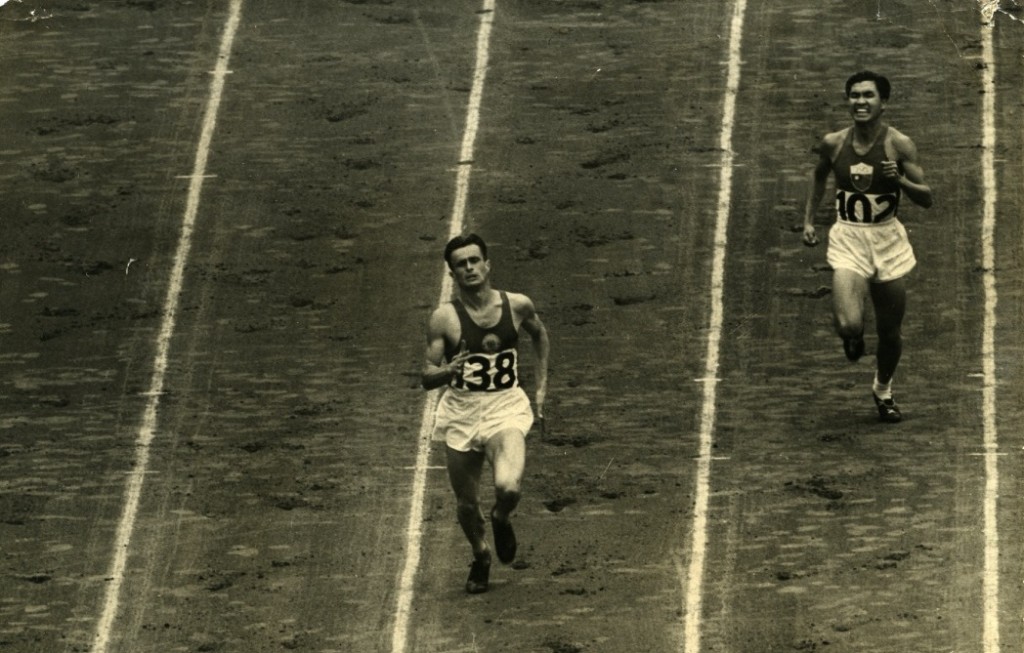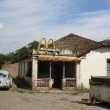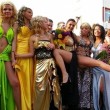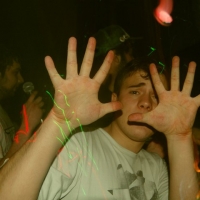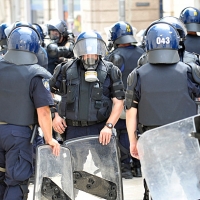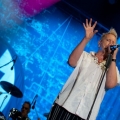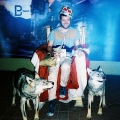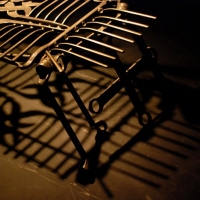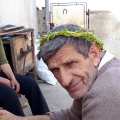Now at 92, the oldest Slovene Olympian recalls his first visit to London back in 1948 when he had to bring a pack of sausages with him to curb his hunger
As the Olympics make their return to London in the coming days and weeks so too will Marko Račič. Athlete, trainer, scout, judge, organizer and all round great guy, Marko travelled to London in 1948 to proudly represent the Socialist Federal Republic of Yugoslavia in the first post-WWII Games. Back then he made it to the semi-finals in the 400m and also competed in the 4 x 400m relay team. Now, at the grand old age of 92 he travels to London at the behest of the Olympic Committee of Slovenia, this time as a spectator at his 23rd Games and the oldest Slovene Olympian. Bturn caught up with the man himself to try and shed some light on how things have changed since way back when.
Representing Yugoslavia then and Slovenia now, the big difference between those Games and these for former athletes from the Balkans such as Marko is that the country they competed for no longer exists. The spirit of Yugoslavia was alive and well in 1948. Marko brought his accordion, by all accounts a rather heavy burden to drag half way across Europe, in order to play Yugoslav songs to entertain himself and other athletes. He remembers feeling welcome within the Olympic melee since “Tito was very popular so we were received as good friends.” Now, the former Republics will each put forward a crop of athletes, and their welcome is likely to be rather ambivalent.
As the Balkans have changed, so too Britain. In 1948 “the food was poor.” National gastronomic stereotypes aside, there’s every chance that provisions in post-Jamie Oliver Britain will be somewhat of an improvement on what was doled out to athletes in the rationing era. Anticipating this scarcity Marko and his fellow Yugoslavs brought supplies from home, including sausages that turned rancid in their luggage, to curb their hunger. With hot dogs at the Olympic Park looking to set you back a whopping £5.90, perhaps a few ćevapčići in the back pocket wouldn’t go amiss this time around either. So what else is new? “There was no Olympic village” Marko recalls. Instead, men and women were separated off and he spent his London Games in RAF barracks. “London was still in a destroyed state.”
In walks during his free time and on specially commandeered Routemaster journeys to and from the stadium, Marko caught a glimpse of Blitzed Britain, and was shocked by what he saw. However, a rather more pleasant novelty was to be enjoyed by Marko in London- “This was the first time I had seen a television.”
Of course austerity is as much the ghost at the feast now as it was then, the major similarity between the Games in 1948 and 2012 being that no one can really afford them. Having officially slid into its first double-dip recession since the 1970s, Great Britain can scarce afford to host when the Olympic price-tag is £11 billion. In 1948 the economic situation was just as dire, yet the Games cost a mere £750,000, and made a profit.
In stark opposition to the well-oiled machines that will tear up the London tracks in the next few weeks, these make do and mend times saw talented athletes giving it a go, often competing in events for the first time in their lives. France’s Micheline Ostermeyer picked up a discus for the first time merely weeks before throwing a gold medal winner, and Marko himself was not accustomed to the 400m sprint. Wembley was still standing, with running tracks fashioned from the ashes of domestic fires – a far cry from Newham’s brand-spanking Olympic Village.
Compared to the 1948 Opening Ceremony – which seemed mainly to revolve around pigeons – Danny Boyle’s £27 million extravaganza is anything but downturn-friendly. We can only hope that this razzle-dazzle-on-credit affair afforded the same thrills for Marko Račič and all the regions’ former Olympiads as an accordion playing long into the night at the first Austerity Games.
To learn more about this Yugoslav Olympic hero get down to the Slovene Ethnographic Museum and see a small temporary exhibition dedicated to his life and work.

